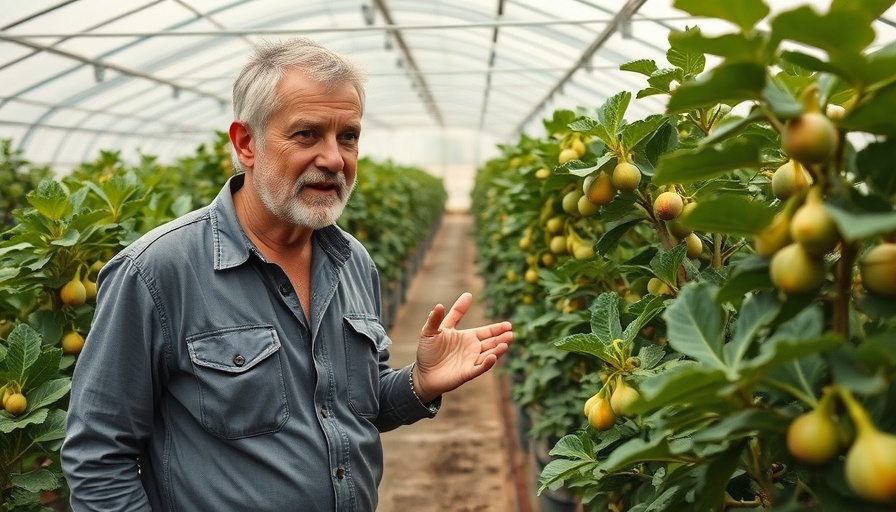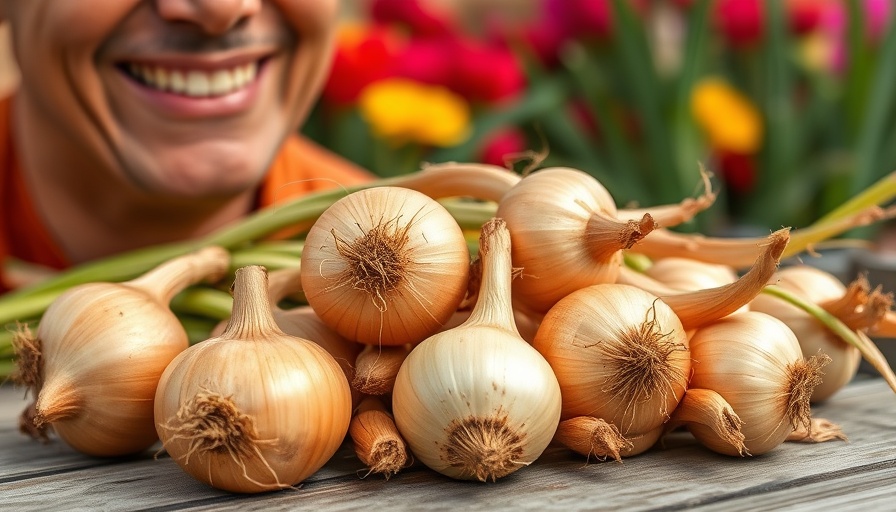
Discovering Effective Homemade Solutions for Spider Mites
Dealing with spider mites can be a significant challenge for anyone with a garden or farm. These tiny pests, often seen as a minor nuisance, can wreak havoc on your plants if left unchecked. Fortunately, this article will introduce you to a simple, effective homemade spray that not only combats spider mites but also aligns with sustainable living practices.
In 'What Is A Good Homemade Spray For Spider Mites?', the discussion dives into practical solutions for managing spider mites, exploring key insights that sparked deeper analysis on our end.
A Simple Recipe for Success
Making your own pest control spray is easier than you might think! The ingredients are common household items that you probably already have in your kitchen. Start by mixing 2 liters of water with 2 tablespoons of a biodegradable dish detergent. This choice is important as it minimizes harm to the environment. Then add 1/4 cup of rubbing alcohol, either isopropyl or ethanol. Shake the mixture well before pouring it into a spray bottle.
When applying your homemade solution, be sure to cover all leaf surfaces, particularly the undersides where spider mites often hide. The soap suffocates the mites, while the alcohol disrupts their cell membranes, making it a safe option for your crops or ornamental plants.
Maintain a Regular Application Schedule
To achieve the best results, it’s vital to repeat the application every 5 to 7 days for at least one month. This regularity will disrupt the life cycle of the spider mites, helping you to keep their populations in check. Don't forget to spray during the cooler parts of the day to protect your plants from potential heat damage.
Integration with Other Strategies
In addition to your homemade spray, consider engaging in integrated pest management (IPM) by introducing natural predators like ladybugs or predatory mites, or even using horticultural oils as supplemental protection. This holistic approach ensures that you not only deal with spider mites effectively but also maintain a healthy balance in your garden ecosystem.
Wrap-Up
In summary, using homemade solutions like the spray made from water, dish soap, and rubbing alcohol is a great way to manage spider mites sustainably. This method embodies the principles of sustainable living, emphasizing eco-friendly practices in pest management. Remember, keeping your garden thriving means being proactive!
 Add Row
Add Row  Add
Add 




Write A Comment